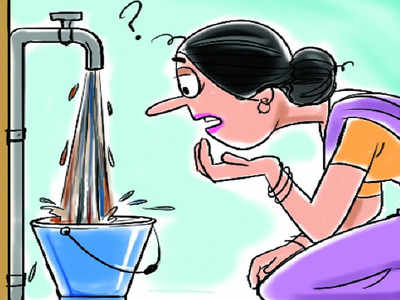The New Indian Express 28.10.2013
Lake protection: 18 firms submit EoI
As many as 18 agencies have submitted Expression of Interest (EoI) to
the Hyderabad Metropolitan Water Supply and Sewerage Board
(HMWS&SB) for preparation of a detailed project report (DPR) under
the National Lake Conservation Plan (NCLP) for protection and
conservation of the Osmansagar and Himayatsagar reservoirs.
Lately,
HMWS&SB has realised that there is need to conserve and protect
Osmansagar and Himayatsagar reservoirs and took a decision to take
remedial measures to protect these lake from getting further polluted
and avoid making another Hussainsagar.
The firms which submitted
the EoI are: YAB Water projects Pvt Ltd, Voyants Solutions Private
Limited, Consulting Engineering Services (India) Pvt Ltd, DPC Design and
Planning Counsel Pvt Ltd, Ramky Enviro Engineers Ltd, MSV International
Inc, USA.
Sai Consulting Engineers Pvt Ltd, Terracon Eco Tech Pvt
Ltd, Tata Consulting Engineers Ltd, Feedback Infra Pvt Ltd, IPE Global
Pvt Ltd. PBS Consultancy Services, EGIS India Consulting Engineers Pvt
Ltd, Vision EIS Consulting Pvt Ltd, WAPCOS Limited, Multi Mantech
International Pvt Ltd, GGS and MWH India Pvt Ltd.
HMWS&SB
officials told Express that the bids would be evaluated by an expert
committee which would take one month for evaluation. Based on the
committee’s report, the state government will take necessary action.
The
Osmansagar and Himayatsagar lakes are the main sources of drinking
water for the citizens of Hyderabad. As on today, the two reservoirs
supply about 30 million gallons of water per day (MGD) to the twin
cities.
Because of the construction boom near the two lakes and
release of sewage into them, the lakes’ water quality has been
deteriorating.
The National Environmental Engineering Research
Institute (NEERI), which conducted a detailed study a few years ago,
said in its report to HMWS&SB that these two lakes were being
polluted due to sewage inflows.
NEERI recommended studies on the
two reservoir structures, draw and inflow pattern, rainfall and
hydrological data. The agencies should study GIS mapping of FTL
contours, water spread area at FTL to demarcate the lake boundaries and
fixing of FTL pillars at 100-metre distances. They should study adoption
of suitable protective measures such as fencing, construction of bunds,
digging of trenches, etc to establish lake boundaries and to prevent
encroachments into FTL areas. Also to be studied are the entry point of
sewerage from surrounding villages and their discharged pattern etc.

